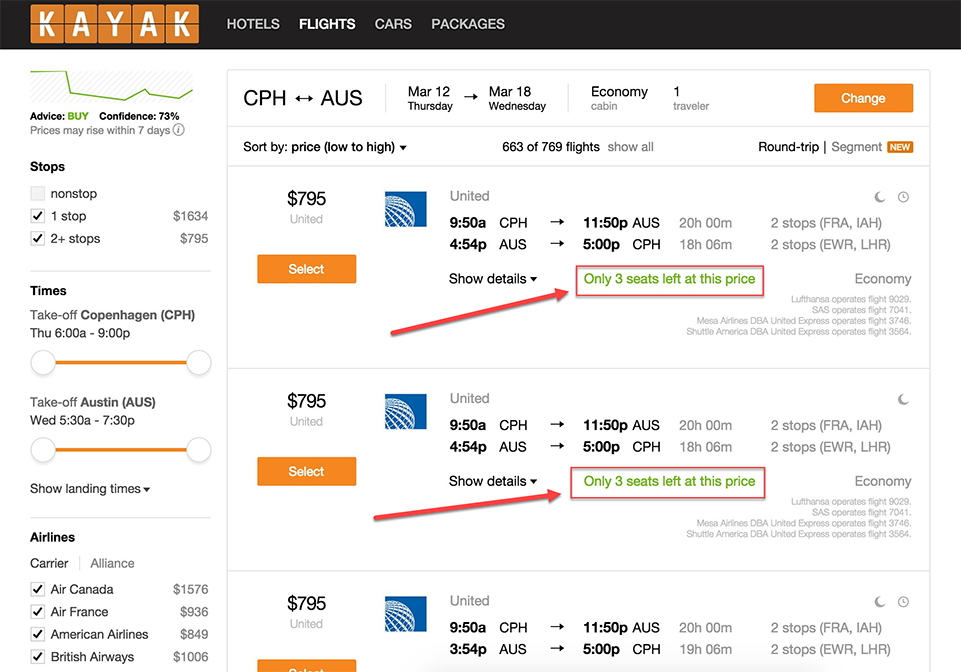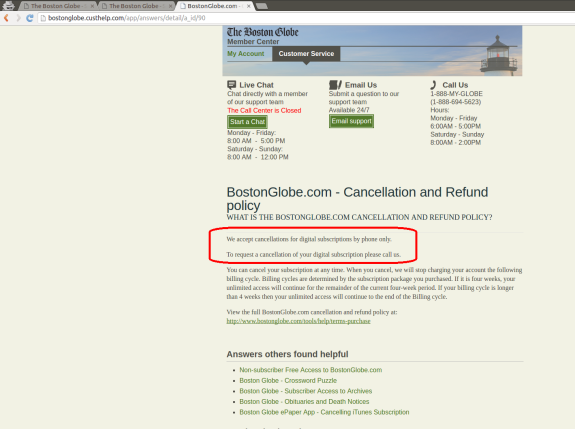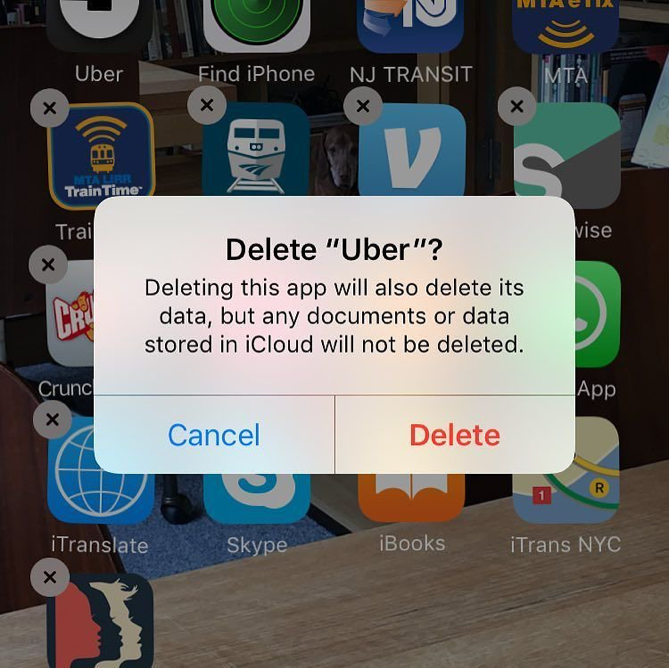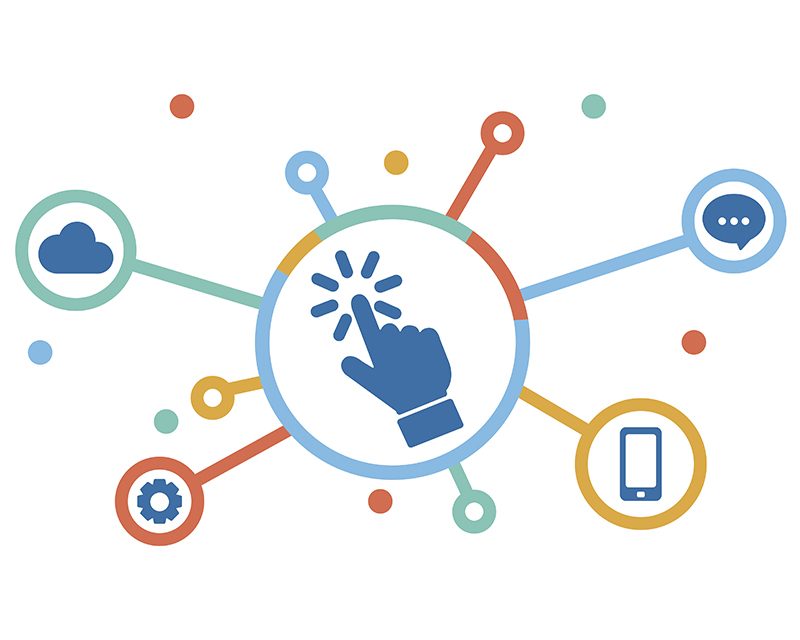When we use websites and apps, we will not read every word on every page – we skim and make assumptions. If any company wants to trick us into doing something, they can take advantage of this by making a page look like it is saying one thing when it is in fact saying another. The techniques they use are called “dark patterns” a term coined by Harry Brignall in 2010, the describe user interfaces that are “carefully crafted to trick users into doing things.”
A research paper “Dark Patterns at Scale: Findings from a Crawl of 11K Shopping Websites” from Princeton University in the USA, explores the prevalence of interface-driven influencing techniques – known as “dark patterns” – a close cousin to social engineering – so popular with phishing scammers.
The researchers found 1,841 dark patterns, representing 15 distinct types, on 11,000 shopping websites – some of which we are all familiar with – and in the exerpts below they explain 7 methods used by these nefarious operators to trick us all into buying stuff.
Deceptive practices are common in physical stores—mattress stores are always going out of business—so what’s new? The scale, sophistication, and variety. We found 22 third-parties that offer “dark patterns as a service”. The psychology research behind nudges has been weaponized.
Sneaking
This dark pattern attempts to misrepresent user actions, or attempts to delay information that, if made available to users, they would likely object to. For instance:
- Sneak into Basket: The “Sneak into Basket” dark pattern adds additional products to users’ shopping carts without their consent.
- Hidden Subscription: Charging users a recurring fee under the pretense of a one-time fee or a free trial.
- Hidden Costs: Reveals new, additional, and often unusually high charges to users, just before they are about to complete a purchase.

Urgency
Another dark pattern used is to impose a deadline on a sale or deal, this forces hastier user decision-making and purchases:
- Countdown Timers: Dynamic indicator of a deadline counting down until the deadline expires.
- Limited-time Messages: Static urgency message without an accompanying deadline

Misdirection
Using visuals, language, or emotion to steer users toward or away from making a particular choice.
- Confirmshaming: It uses language and emotion to steer users away from making a certain choice.
- Trick Questions: It uses confusing language to steer users into making certain choices.
- Visual Interference: It uses style and visual presentation to steer users into making certain choices over others.
- Pressured Selling: It refers to defaults or often high-pressure tactics that steer users into purchasing a more expensive version of a product (upselling) or into purchasing related products (cross-selling).

Scarcity
Warning that a product is likely to become unavailable, thereby increases its desirability to users. Examples such as Low-stock Messages and High-demand Messages come under this category.
- Low-stock Messages: It signals to users about limited quantities of a product
- High-demand Messages: It signals to users that a product is in high demand, implying that it is likely to sell out soon.

Obstruction
The dark pattern makes it easy for the user to get into one situation but hard to get out of it. It is often called the “Hard to Cancel” dark pattern. It is restrictive (limiting the choices users can exercise to cancel their services). Often websites do not disclose their cancellation policies upfront, so Hard to Cancel also becomes information hiding (it fails to inform users about how cancellation is harder than signing up).

Forced Action
Forced action is defined as any situation in which users are required to perform a specific action to access (or continue to access) specific functionality. This action may appear as a required step to complete a process, or may appear disguised as an option that the user will greatly benefit from. In the example below when the user tries to delete the Uber app, Uber warns that while the app will delete all data on the phone, it will keep data in the cloud,a big concern affecting online privacy. If the user doesn’t read the text or reads it quickly, they may not notice that their data will be kept in the cloud.

Once you learn about dark patterns, you will probably only have two questions: “Is this evil?” and “Should I do this?”.
The simple answer to both these questions is: “Yes. No. Maybe. It depends.” Is a dark pattern still a dark pattern if it is used by an airline to sneak in a donation on your behalf to compensate for your carbon footprint when you buy an airline ticket. (our first example) Of course it is a dark pattern, but obviously the moral dilemma here is more complicated!
As our world grows more technologically advanced, it is important to educate ourselves on how we can protect our information, and how we can be aware of the scamming patterns companies use to try to trick us into parting up with our hard-earned money.
Stay Safe out there!
David Wiles









